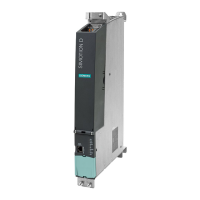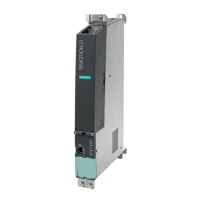Communication
2.4 EtherNet/IP communication
SIMOCODE pro - Communication
Function Manual, 11/2018, A5E40508495002A/RS-AC/003
119
Ethernet/IP Device Level Ring functionality
The SIMOCODE pro V EIP device has two RJ45 sockets with an integral switch. It is
therefore possible to create ring structures from lines with Ethernet/IP. When a ring structure
is implemented, SIMOCODE pro V EIP supports the Device Level Ring (DLR) mechanism
which ensures that communication is maintained even when the ring is interrupted.
The advantages of a DLR are as follows:
● Simple installation using the two integral RJ45 ports.
● A single error in the communication chain does not result in restricted access to individual
nodes.
● Communication can be restored quickly after a single error has occurred.
SIMOCODE pro V EIP functions as a "ring node" within the DLR.
For a DLR to function properly, it must also contain a "supervisor node" (e.g. a control
system / a switch with supervisor node functionality).
A DLR network is configured by means of the "supervisor node" parameters ("Enable
Supervisor Node"; "Beacon Time"; "Beacon TimeOut"). No parameter settings for DLR need
to be set in the SIMOCODE pro V EIP devices.
There should be fewer than 50 ring node devices within a DLR network in order to keep the
communication restore time within acceptable limits.
EtherNet/IP system redundancy
SIMOCODE pro V EIP product version *E03* supports the system-redundant connection to
two fault-tolerant controllers, e. g. 1756-L72 by Rockwell Automation.
The redundant-system connection provides a communication link (Application Relation)
between each IO device and each of the two controllers. As soon as the connection switches
from the primary to the secondary controller, the communication modules perform what is
called "IP address swapping".

